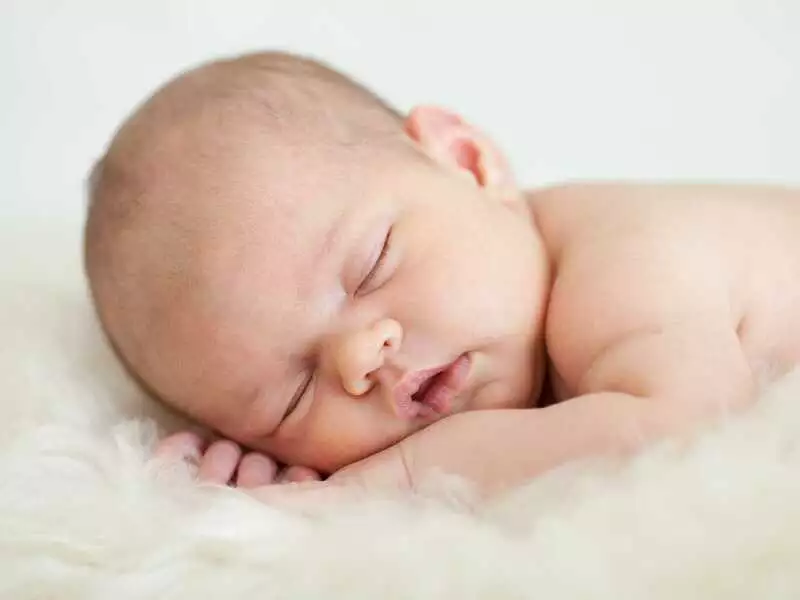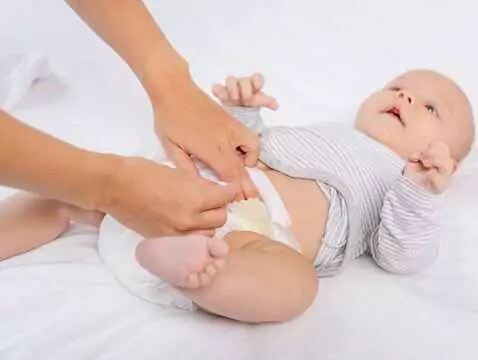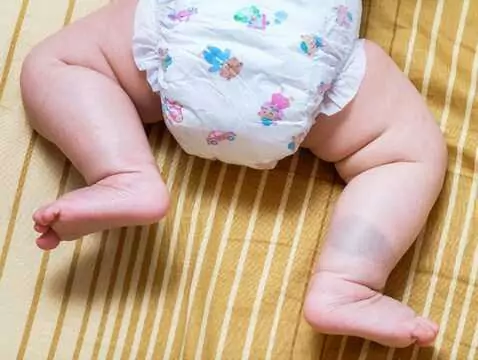The umbilical cord plays a huge role in the development of the baby in the womb. The blood vessels located in the umbilical cord play a key role in ensuring the exchange of, among other things, nutrients between the mother's bloodstream and the baby's bloodstream. Shortly after birth, the umbilical cord is severed and what remains is the so-called umbilical cord stump, which many parents find difficult to care for. Proper care of the umbilical cord stump will not only ensure rapid healing of the wound, but will also reduce the risk of infection.
What is the umbilical cord?
The umbilical cord in humans reaches a length of approximately 50 cm. It plays a key role in connecting the developing baby to the placenta, allowing the exchange of nutrients as well as metabolites of the developing baby with the mother's body. Thanks to the umbilical cord, the baby takes in the nutrients and oxygen necessary for proper growth. At the beginning of pregnancy, the so-called cord of the umbilical cord is made up of four blood vessels, one of which disappears at an early stage of development. A properly formed umbilical cord, is made up of two arteries and one vein. The arteries and vein are hidden in a jelly-like, elastic and resilient sheath that protects them from damage. In addition, the elasticity of the jelly sheathing the vessels allows the umbilical cord to be properly stretched, which allows the blood to flow properly. One end of the umbilical cord is positioned at the navel on the baby's tummy, while the other end is located in the placenta. The umbilical cord plays a key role in the baby's development. The mother's blood, rich in oxygen and nutrients, reaches the placenta, from where it is delivered to the developing baby through the umbilical cord. Through the umbilical cord, metabolites produced by the developing baby are also discharged. The length of the umbilical cord is of great importance both in the development of the baby and during birth. A long umbilical cord can wrap itself around the baby - up to 30 % of properly developing pregnancies end with the baby being swaddled in the umbilical cord! An umbilical cord that is too short can lead to problems during natural childbirth - there may be a problem with the baby descending into the birth canal. After birth, the umbilical cord is severed and its remnant is the navel. The umbilical cord contains extremely valuable cord blood, which is a concentration of stem cells that are used to treat many diseases.
What is the umbilical cord stump ?
The umbilical cord stump is the remainder of the umbilical cord, which is severed shortly after birth. Using a special clamp, pressure is created on the umbilical cord remnant to prevent blood oozing. When properly tied, the stump of the umbilical cord reaches a length of 2 cm to 3 cm. Shortly after birth, the stump is protected from infection with a special dressing that is changed several times a day. Most often from the second day after birth, the dressing is removed and the stump visibly dries out. With each passing day, the size of the stump decreases and its colour changes, becoming darker and darker.

photo: panthermedia
When does the stump fall off?
This is a question that concerns many parents. According to professional literature, the stump of the umbilical cord should fall off up to two weeks after birth. This is approximately how long it takes for the umbilical cord to heal. Of course, there are exceptions: the umbilical stump may fall off sooner or a few days later, but if it does not fall off within three weeks, it is advisable to seek advice from the health visitor or paediatrician. Many factors influence how quickly the stump falls off, such as the thickness of the umbilical cord, the thickness of the skin ring and finally how quickly the stump dries out.









